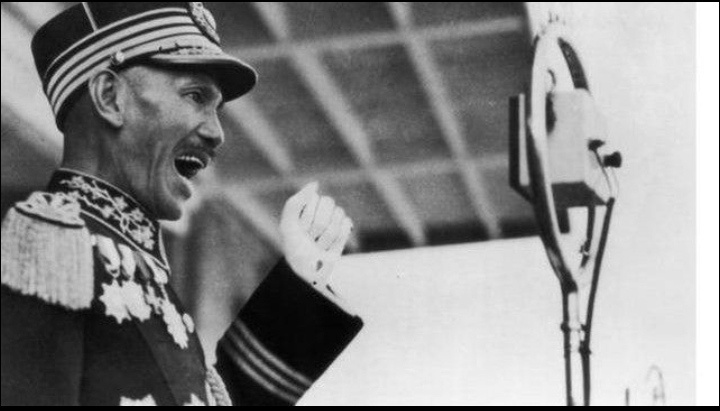crime

Byline: BDS Bulbul Ahmed
🇨🇳 The Roots of the China–Taiwan Dispute
Taiwan is a self-governing island roughly 160 kilometers off the southeastern coast of mainland China. Once a Dutch colony, the island came under Chinese imperial rule in 1683, remaining part of the Qing dynasty until Japan seized it in 1895 after the First Sino-Japanese War.
Following Japan’s defeat in World War II, the island was returned to Chinese control, then under Chiang Kai-shek’s Nationalist government (Kuomintang, or KMT). But within a few years, China’s internal politics changed forever.
Civil War and the Great Divide
After years of civil war between the Nationalists (KMT) and Mao Zedong’s Communists, the Nationalists suffered defeat and fled to Taiwan in 1949, establishing a government called the Republic of China (ROC).
They claimed to be the legitimate rulers of all China, insisting that one day they would retake the mainland.
Meanwhile, the Communists proclaimed the People’s Republic of China (PRC) in Beijing — the government that still rules mainland China today.
For decades, the world recognized Taiwan as “China.” In fact, until 1971, the United Nations seat for China was held by Taiwan’s government. That changed when the UN officially recognized Beijing as the legitimate government of China, isolating Taiwan diplomatically.
One Country, Two Systems — and the Rejection
During the 1980s and 1990s, Beijing proposed the idea of “One Country, Two Systems.”
This would allow Taiwan to maintain its autonomy while formally becoming part of China — similar to the arrangement later applied to Hong Kong.
Taiwan, however, rejected the proposal, arguing that it would eventually erode its democracy.
By 2004, under President Chen Shui-bian, Taiwan began moving closer to a formal declaration of independence — a move that enraged Beijing.
China’s National People’s Congress quickly passed the Anti-Secession Law in 2005, explicitly stating that military force could be used if Taiwan attempted to separate.
Economic Dependence, Political Uncertainty
Today, Taiwan’s economy is deeply intertwined with China’s.
- China is its largest trading partner,
- Taiwanese firms are major investors in mainland factories, and
- Millions of Taiwanese depend on the Chinese market for business.
As a result, Taiwanese public opinion is sharply divided:
- The Democratic Progressive Party (DPP) supports eventual independence.
- The Kuomintang (KMT) favors eventual reunification.
- A large portion of the population prefers the status quo — remaining de facto independent without declaring it formally.
🇺🇸 Why the United States Is Deeply Involved
The U.S. officially acknowledges the “One China” policy (recognizing Beijing as China’s government) but maintains strong unofficial ties with Taiwan through the Taiwan Relations Act (1979).
Washington views Taiwan as:
- A key strategic ally in the Indo-Pacific — controlling vital shipping lanes in the South China Sea.
- A democratic counterbalance to China’s authoritarian model.
- A hub of global technology — home to TSMC, the world’s largest semiconductor producer.
According to The Wall Street Journal, around 20–24 U.S. special forces personnel have been stationed in Taiwan since 2021 to train local troops — a development that Beijing considers provocative.
Military Tensions and Risk of War
In recent years, Chinese warplanes have routinely entered Taiwan’s Air Defense Identification Zone (ADIZ).
Taiwan’s Defense Minister warned that:
“By 2025, China could have the full capability to launch a large-scale invasion.”
This has fueled global concerns that Taiwan could become the next major flashpoint — one that might draw in both the U.S. and its allies against China.
The Broader Picture
| Key Actor | Position on Taiwan | Strategy |
|---|---|---|
| China (PRC) | Taiwan is an inseparable province | Push for peaceful reunification, but prepare for military action if independence declared |
| Taiwan (ROC) | De facto independent state | Maintain autonomy, expand global ties, avoid provocation |
| United States | Recognizes “One China” but backs Taiwan’s defense | Arms sales, military training, diplomatic support |
| Regional Neighbors (Japan, Philippines) | Concerned about security spillover | Strengthening defense pacts with the U.S. |
The Core of the Conflict
The Taiwan question is not merely a territorial issue — it is about power, ideology, and technology.
Control over Taiwan means control over key global supply chains (especially semiconductors), naval dominance in the Pacific, and the symbolic victory of one political system over another.
Beijing sees reunification as part of its “national rejuvenation” vision under President Xi Jinping.
Washington, meanwhile, views Taiwan as the frontline of democracy in Asia.
🕊️ The Outlook
While full-scale war remains unlikely in the near term, the risk of miscalculation is real.
Even a small naval or air clash could spiral into a broader conflict involving the U.S., Japan, and other allies.
Analysts warn that the 2020s may determine whether East Asia remains stable or plunges into its most dangerous confrontation since the Cold War.
Reporter: BDSBulbulAhmedFor more news, visit: PulseBangladesh











































